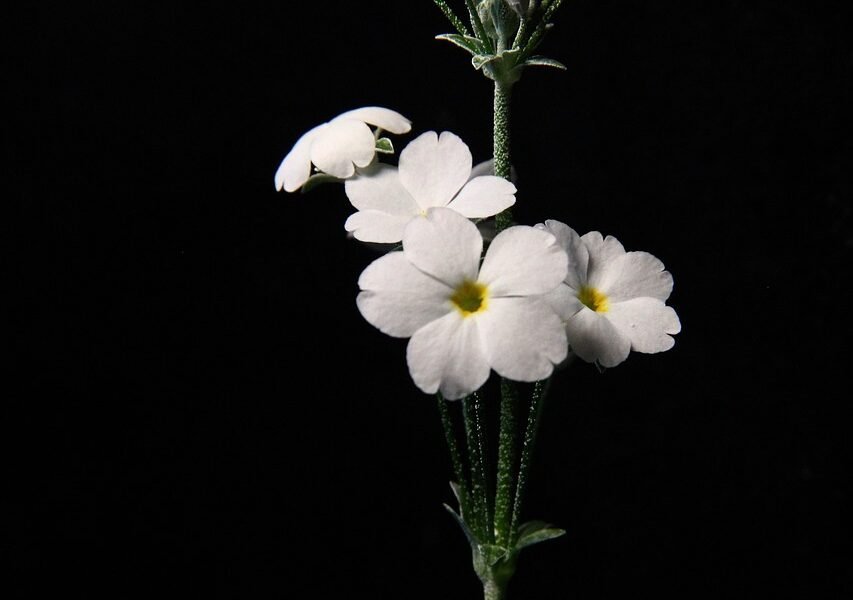: From Symbol of Darkness to Fashion Icon
Definition and Characteristics of the Color Black
Black, scientifically speaking, is the result of the complete absorption of the entire visible light spectrum. Unlike other colors that reflect some light, black absorbs almost all the light that hits it. This unique characteristic makes black the darkest color in the human visual spectrum.
Scientific Aspects of the Color Black
In the world of physics, black is not actually a color in the true sense of the word, but rather the absence of light. A perfectly black material, known as Vantablack, absorbs up to 99.965% of the light that hits it. This discovery opened a new chapter in our understanding of the optical properties of black.
The Psychology of the Color Black
From a psychological standpoint, black is often associated with various emotions and perceptions. It can evoke feelings of mystery, elegance and power. On the other hand, black can also create an intimidating or oppressive impression. Interestingly, in a professional context, black symbolizes seriousness and authority.
The Color Black in Ancient Civilizations
Ancient Egypt and the Use of Black
The ancient Egyptians considered black to be the color of life and fertility. They associated it with the black mud of the Nile that fertilized the soil. Ink makers used soot to create black ink which was later used in hieroglyphics. Even the God Osiris was often depicted with black skin, symbolizing regeneration and fertility.
Greek and Roman Civilization
In ancient Greece and Rome, the color black had a complex meaning. The Greeks used black pigments from charcoal to paint their famous ceramics. Meanwhile, the Romans developed more sophisticated black coloring techniques for textiles and wall paintings.
Black Symbolism in Asia
In parts of Asia, black has different meanings. In China, black symbolizes water and winter in the Wu Xing philosophy. While in Japan, black is associated with dignity and formality, seen in the use of black kimonos in official occasions.
Medieval and Renaissance Era
The Color Black in Painting
During the Medieval period, the color black became very valuable in the art world. Artists used various techniques to create black pigments, from burning animal bones to processing charcoal. Paintings of this era often used black to create depth and dramatic contrast.
The Industrial Revolution and the Production of Black Dyes
The Industrial Revolution brought about major changes in the production of black. The invention of synthetic dyes made black easier to produce and more affordable. This changed the way people viewed and used the color black in everyday life.
Victorian Fashion and the Color Black
The Victorian era marked a turning point in the use of black in fashion. Queen Victoria’s years of mourning after the death of Prince Albert made black a popular color to dress in. This trend continued until the end of the 19th century.
Black in the Modern Era
Black in Contemporary Fashion
In the 20th century, black became an iconic color in fashion. Coco Chanel introduced the revolutionary “little black dress” in 1926. Since then, black has become a timeless classic. Contemporary designers continue to explore the beauty and simplicity of black.
The Influence of Digital Technology
The digital age brings a new dimension to the use of black. Modern OLED screens are capable of producing deeper and purer blacks than previous technologies. This opens up new possibilities in digital and multimedia design.
Black in Design and Architecture
Modern architecture often uses black to create dramatic contrast and a sense of minimalism. Contemporary buildings use black materials to give a sophisticated and timeless impression.
Cultural Meanings of the Color Black
Traditions and Beliefs
Different cultures have different interpretations of the color black. In many Western societies, black is associated with sorrow and death. But in some Asian cultures, black symbolizes wisdom and stability.
Black in Pop Culture
The color black has become a symbol of resistance and individuality in popular culture. From punk rock fashion to the gothic movement, black became a way to express oneself and rebel against social norms.
Modern Symbolism
In the modern era, black has evolved into a symbol of elegance and simplicity. Many premium brands use black as their identity, associating it with quality and luxury.
The history of the color black reflects the evolution of human culture and technology. From a symbol of fertility in ancient Egypt to a modern fashion icon, black continues to play an important role in people’s lives. Its meanings and uses are constantly evolving, but its power and elegance remain timeless.


